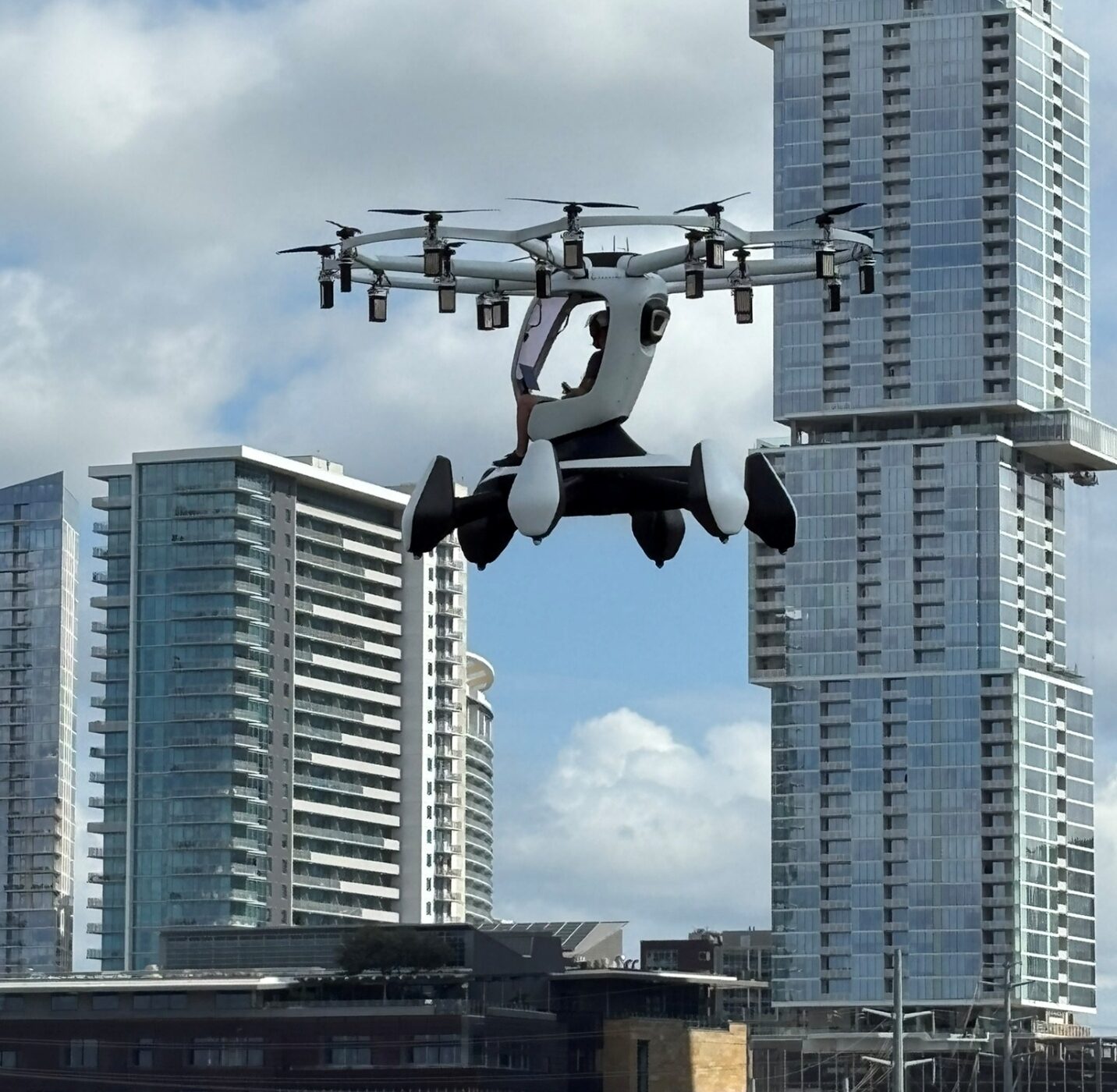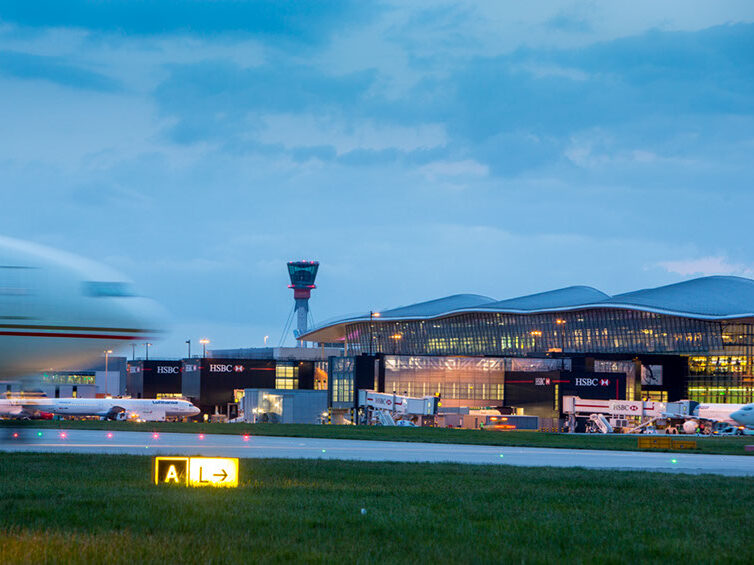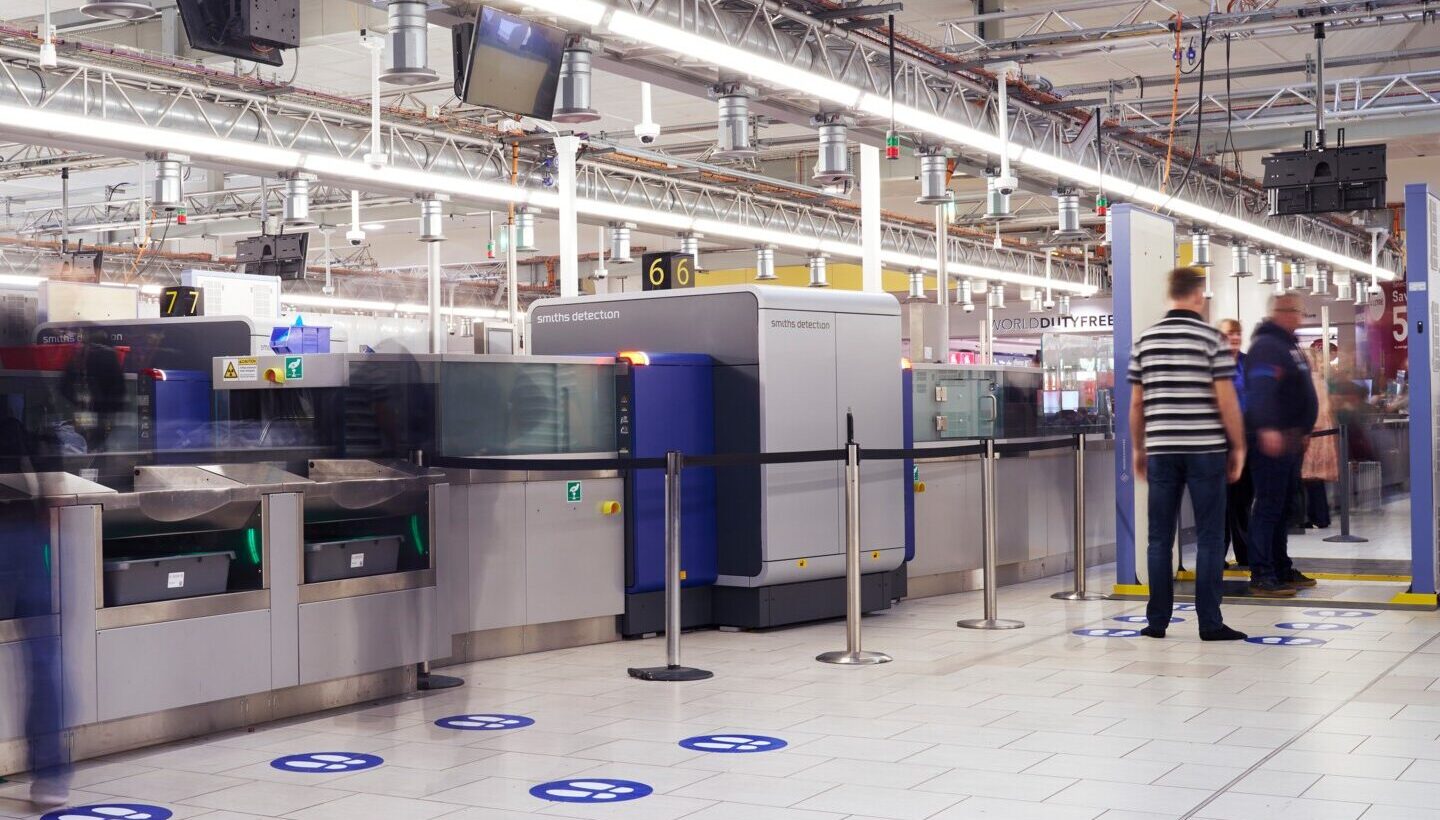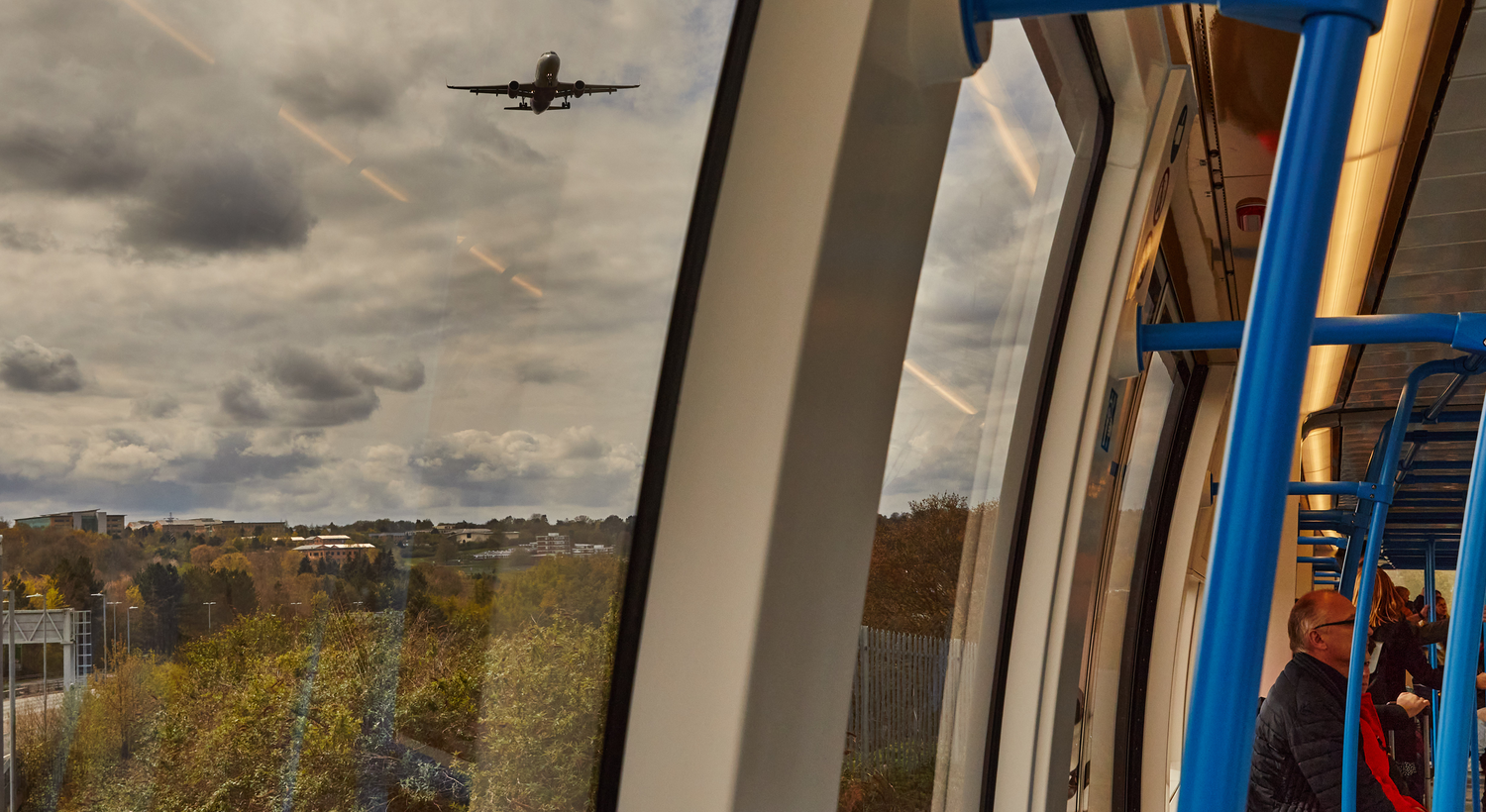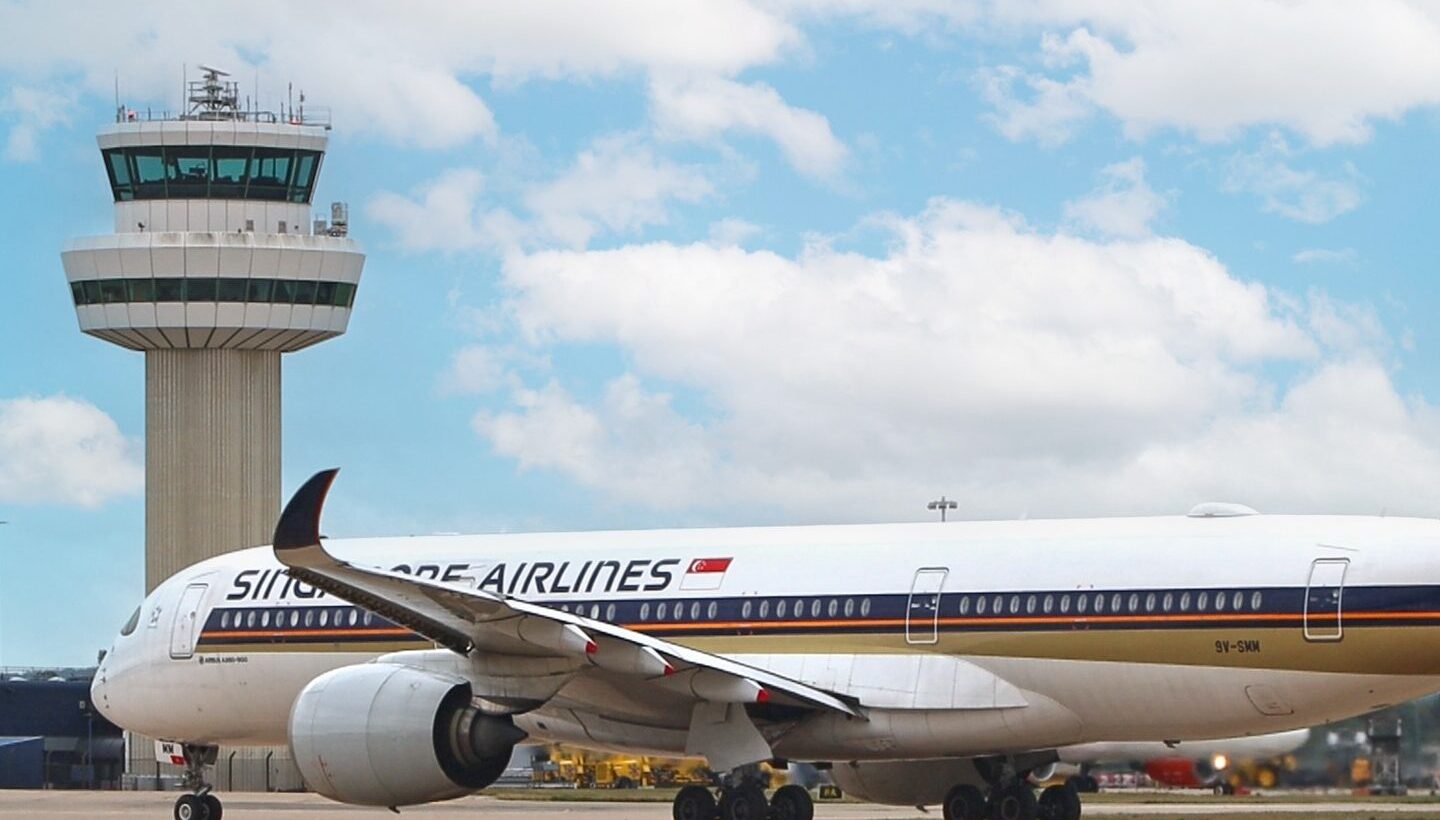On Wednesday, 2 April, the UK Transport Committee held a session in Parliament examining Heathrow Airport’s power outage that led to significant disruption on 21 March.
The nearly 24-hour shutdown caused around 1,400 flights to be cancelled or diverted, affecting over 200,000 passengers.
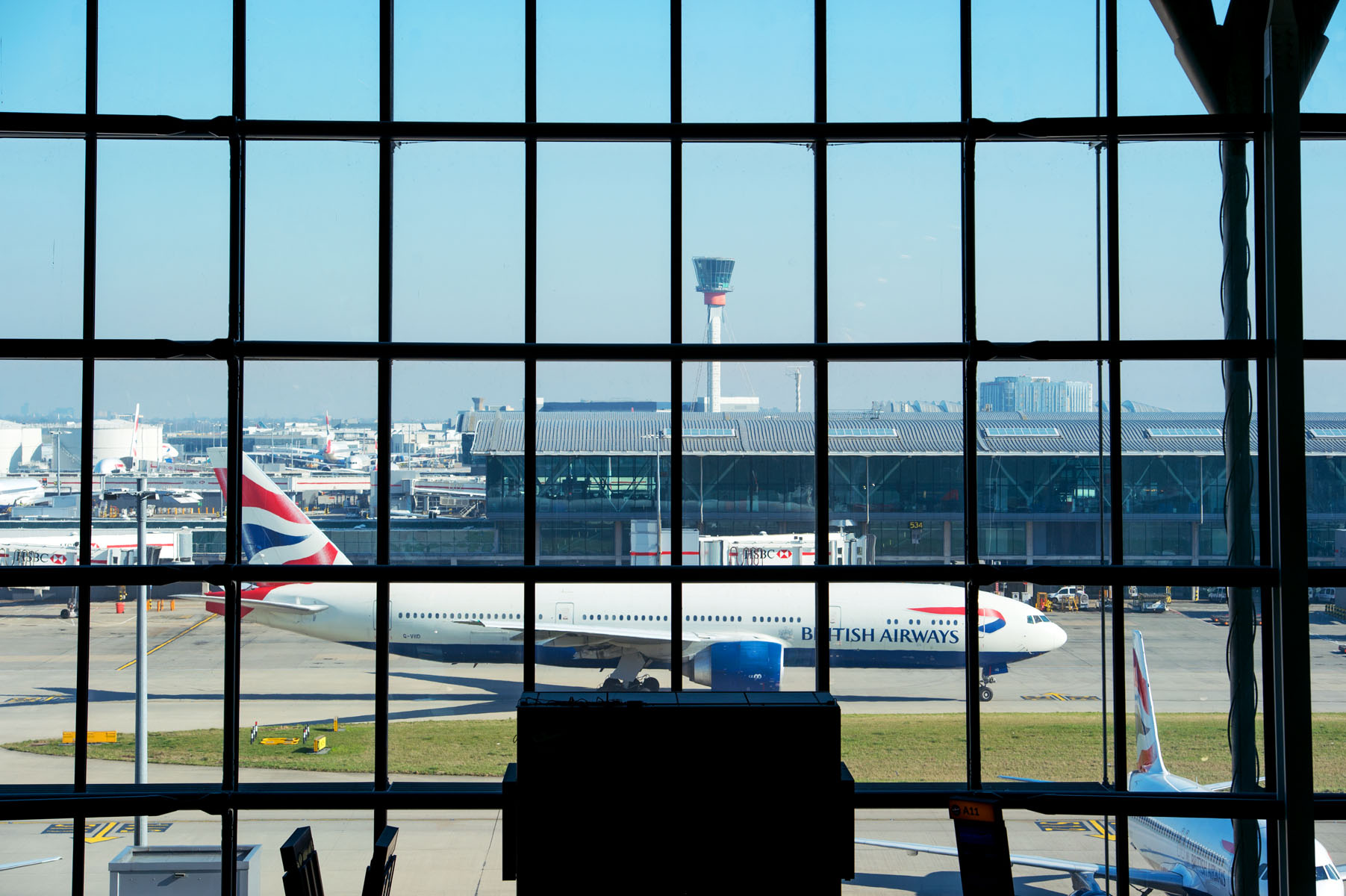
During the examination, the Committee assessed whether Heathrow’s response was adequate and if alternative approaches could have minimised disruption.
The full line-up of witnesses included:
- Thomas Woldbye, Chief Executive, Heathrow Airport
- Alice Delahunty, President – UK Electricity Transmission, National Grid
- Eliane Algaard, Operations Director, Scottish & Southern Electricity Networks (SSEN)
- Nigel Wicking, Chief Executive, Heathrow Airline Operators Committee Limited
Central to this incident, National Grid manages the high-voltage transmission network, SSEN operates the distribution network, and Heathrow manages its own private network within the airport.
Heathrow’s Response to the Outage
Thomas Malbury opened accounts by apologising to passengers for the severe disruption caused by the power outage at Heathrow, which stemmed from a fire at one of three National Grid/SSE-operated substations supplying power to the airport.
He emphaised that Heathrow’s immediate priorities during the incident were to ensure safety, protect airport security and minimise disruption by effectively restoring operations.
Malbury explained that the fire knocked out all three major transformers and two resilient power lines at the substation, leaving large parts of the airport—including Terminal 2 and airport-wide systems—without power. Although critical safety systems like runway lights remained functional, many operationally critical systems failed, making it unsafe to continue airport operations.
He stressed that due to the uncertainty and lack of information, with the fire still burning at 6am on 21 March, Heathrow made the decision to reconfigure the internal power distribution using the two remaining substations, a complex process taking around 10 hours.
Malbury defended the decision to close the airport, stating it was the only safe and responsible choice. In light of wider disruptions surrounding the airport, keeping it open could have also resulted in stranded passengers, gridlock, and serious safety risks. This scenario was reportedly agreed upon by airlines on the day.
National Grid’s Response to the Outage
Alice Delahunty, President – UK Electricity Transmission, National Grid, also expressed sincere regret for the disruption caused by the incident.
Following the fire breaking out on one of the transformers at the North Hyde substation, she explained that a standby transformer did initially switch in as expected. However, the extreme heat caused all three transformers to fail. Incident response protocols were immediately activated, including coordination with the fire service and SSEN.
Delahunty asserted that the top priorities were ensuring safety, restoring service to the wider community, and returning power routes to the substation. One route was restored by 10 am on 21 March, and a second route was restored later that evening.
She emphasised that this was a rare and complex multi-party incident and welcomed the ongoing investigation and the opportunity to improve resilience across the network. Delahunty noted that this is the first time that a fire on a transformer has had knock-on consequences to the entire substation, and acknowledged that the investigation should asses whether the design of the site contributed to the event.
However, although the outage was a low-probability event, the Committee raised the point that it was also a high-consequence one and should have been planned for accordingly in a manner that resulted in less disruption.
SSEN’s Response to the Outage
SSEN affirmed that they responded swiftly and effectively to the loss of power caused by the North Hyde substation fire, which cut off supply to all 67,000 of their customers, including Heathrow’s North intake.
The incident began around 11.51 pm on 20 March when the super grid transformers at the National Grid substation went offline. Operations Director, Eliane Algaard noted that SSEN immediately launched its well-rehearsed emergency recovery program, which involved remote and manual network switching to reroute power.
Through the night, they progressively restored supply. 64% of customers were reconnected within the first hour, 83% within two hours, and 91% within three hours. By 4 am, 62,000 customers had their power back.
The final 4,900 customers—including Heathrow’s intake—required manual switching of a 66kV interconnector at the site. SSEN coordinated with the fire brigade and received permission to re-energise at 9.30 am. Power was restored to the remaining customers by 9.49 am, with Heathrow informed and offered reconnection at 10 am on 21 March.
Should Heathrow Have Been Better Prepared?
Although both Malbury and Delahunty emphasised the unprecedented nature and low likelihood of the incident, Wednesday’s session raised concerns over whether the airport had adequately evaluated the risk of such a failure and implemented sufficient protective measures.
Indeed, Nigel Wicking, Chief Executive, Heathrow Airline Operators Committee Limited, stated that in the weeks leading up to the outage, he raised concerns about the resilience of Heathrow’s power infrastructure. This included specific warnings about the substations and recent cable thefts that had already disrupted runway operations.
Impact of the Outage on Airlines
During the session, Wicking emphasised the significant operational and financial impact on airlines, including 1,300 flight cancellations, 120 diverted aircraft, and around 300,000 affected passengers. Airlines were required to fulfil their duty of care, including rebooking, refunds, and accommodation—sometimes under difficult circumstances, including visa issues for diverted passengers in Europe.
Wicking stated that these operations were hindered further due to the lack of timely and structured communication from Heathrow, as poor information flow prevented airlines from responding effectively.
He also asserted his belief that Terminal 5 could have reopened sooner if communication had been more effective, helping to alleviate some disruption. For example, the decision to reconfigure the internal power distribution using the two remaining substations could have been made earlier than at 6am.
Wicking maintained that the 10-hour timescale to reroute power—and the time taken to decide to begin that process—was excessive and not reflective of resistance.
Arguably, the impact this event had on airlines was unacceptable, especially as Heathrow is one of the most expensive airports in the world to operate from, and airlines therefore expect resilience.
Could Terminal 5 Have Opened Sooner?
During the parliamentary session, Woldbye explained that the power supply that was lost was a 70-megawatt feed serving Terminal 2, parts of Terminal 4, the Central Terminal Area tunnel, and around 400 buildings. This supply also powered key airport-wide systems like CCTV, fueling safety systems, and door security. Without confirmation that these systems were functioning properly after the failure—especially those related to security and passenger processing like scanners and baggage systems— Woldbye declared that the airport could not safely operate.
Consequently, despite the lights being on in Terminal 5 on 21 March, key safety systems—including CCTV and fire surveillance had to be secured before operations could resume.
Woldbye coordinated with British Airways’ CEO throughout the morning, and by around 10 am, systems were restored. He insisted that efforts were made to resume operations as quickly as possible, and some critical BA passenger flights were consequently able to depart later that evening.
While Woldbye could not say with certainty that Terminal 5 couldn’t have reopened earlier, he maintains that the correct decisions were made under the uncertain conditions.
Thomas Woldbye, Chief Executive, Heathrow Airport said:I cannot guarantee you whether T5 could have opened an hour earlier. We did all we could to get it open as soon as we could... I am convinced that with the uncertainty that we were facing for the long period of time, with the fire was still blazing at 6 in the morning, we could not take any other decision.
In response to this assertion, Wicking stated that the initial grounding decision was understood. However, he expressed frustration that the decision was not continuously reviewed—especially once it became clear early on that Terminal 5 and the runway were operational.
Airlines believed some flights could have been manually received, with Border Force confirming they had the resources to support arrivals. Although they pushed throughout the day to bring back diverted flights, by the time approval came, many airlines had already made alternative arrangements for passengers, making a late operational reversal difficult.
Why Did Heathrow Not Have an Alternative Power Source?
Heathrow’s outage caused airports around the world to consider their resilience to similar events. For example, Pittsburgh International Airport (PIT) highlighted the significance of its microgrid in preventing similar disruptions. However, PIT notably consumes significantly less energy compared to Heathrow due to its smaller scale.
Indeed, Woldbye argued that Heathrow invests heavily in purchasing resilient infrastructure from suppliers, and it is not feasible to duplicate everything independently without incurring massive costs. He maintained that the airport should instead be able to rely on the contacts it has.
Specifically, Woldbye stated that full, independent resilience would require an investment surpassing 1 billion GBP.
Could Heathrow’s Power Cut Have Been Better Managed?
The Transport Committee’s examination of the Heathrow power outage has spotlighted critical questions around resilience, preparedness, and communication during complex, multi-agency emergencies. While the incident was triggered by an unprecedented technical failure, the cascading effects exposed vulnerabilities in both infrastructure and crisis management protocols.
Although Heathrow, National Grid, and SSEN all defended their actions as timely and safety-led, the session highlighted areas where more robust contingency planning and clearer communication could have mitigated the disruption for passengers and operators.
As the investigation continues, there is a clear imperative: while such outages may be rare, the consequences are too great not to prepare for. Arguably, a renewed focus on resilience, shared accountability, and communication will be essential to ensure Heathrow—and the wider UK transport network—is better equipped to weather future crises.
To delve deeper into this debate, watch the full parliamentary session here:





